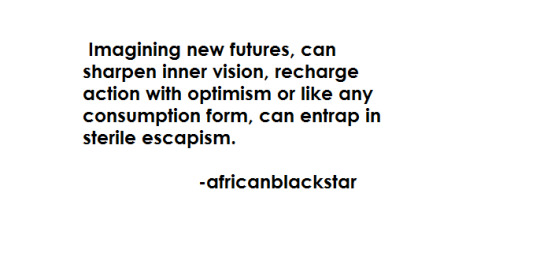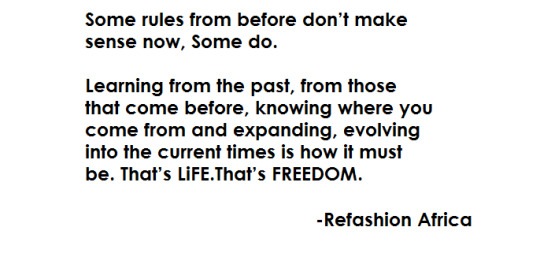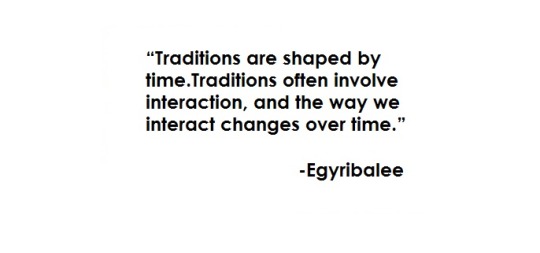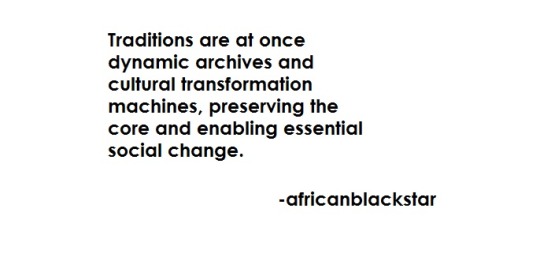Text
Deana Bolumbu | Africa is rising—to what and for what?
Africa is rising—to what and for what?
What does it mean to rise? I like to start at the definition of words because it is hard to talk about things if you don’t know the meaning of what it is you’re describing. There are about 25 different definitions of what “rise” means and what “rising” entails. I picked at some that stood out to me when looking through the list. The different definitions can help one see the perspective of which some people describe, “Africa rising.”
Rise*raɪz; ˈrɪz ən(v.; n.)rose, ris•en; ris•ing
to become active in opposition or resistance; revolt or rebel.
to come into existence; appear.
to attain a higher level, as of importance or financial security:
to rise in the world.
to return from the dead.
rise above, to ignore and overcome, as adversity.
elevation or increase in rank, fortune, influence, etc.
Some questions that came to mind right off the back included: Are we collective Africans rising? Are those on the continent rising? Are those in the diaspora rising? How are those in the diaspora helping those on the continent rise? In what sense are we not rising? Who defines our rising?
In recent years there have been many opinions onthe subject of “Africa is rising.” Those who are not authentically for Africa see “Africa rising” as a way for economic and social gain in African countries. They see the attraction of natural resources and what they call opportunities for improving Africa—but are really just avenues for them to have economic and political power over people and their resources. That’s what you see in the media when many say “Africa is rising.” They are accessing their ability to use the continent and its people for personal gains. They say Africa is rising because, as Professor Megan Vaughan, President of the African Studies Association of the UK, said, they [Africa] are “finally playing by the West’s rules.” They say Africa is rising because of the boom with technology—the Internet and mobile phones primarily. Is Africa rising if western government still thinks sending “aid” to Africa is the solution but they won’t open up the avenues for easier trading?Is Africa rising when African governments do not demand transparency when they are left out of discussions about investors and licenses to exploit natural resources? Is Africa rising when African figures are left out of the planning and instead called in when decisions have already been made? I think not. Currently the developments going on the continent open up great conversation about what is going on with the growth in Africa. But what about the future?
If Nnedi is writing this book as what the future looks like for Africans, I hope she wrote it as a warning and not how it should be. We see in the novel the way the Nuru project the same behavior onto their own people as white colonizers. The novel highlights to me how internalizing the hate that is projected today will be played out in the future if we don’t rebel against that mindset. The novel advocates for change and continuous resistance against current ways of keeping certain groups down. There are a few things that stood out to me as ways for Africa to rise.
We should go against the status quo because it makes us complacent and stunts growth. “A snake is foolish if it dreams of being a lizard,” was a proverb that many Okeke of the land lived by. Some worked to rebel against this mindset, but then you had those who didn’t seem to mind living the lives they did. I’ve seen this quote played out in the stories of many who are shunned when they try to do more than their family has, or more than what their current situation is. “Something was wrong…with everyone here. The Okeke didn’t look too bothered as they worked. And the Nuru weren’t openly cruel to them. It was confusing and strange.” This shows how exploitation is not always the evident things like cruelty. Subtle interactions are also ways which people get comfortable in systems, which are meant to keep people down.
We should evaluate the traditions that we carry in our cultures. Many times during the book the people participated in rituals they had no real understanding of and had never bothered to question them. I think traditions are great part of culture and should be respected. But on the other side of the coin, it is important to remember that traditions are often created by a few people’s opinions for their own gain or control. Traditions should be challenged and reevaluatedto ensure that they are not infringing on the rights of people. In the novel an example of this was seen through the Eleventh Rite, where young girls were circumcised.
Religious books and practices should be assessed. The Great Book, although not something people read everyday, was how many people based their actions by.“There is a portion of the great book that most versions exclude. The lost papers.” Questionsshould be asked around religious writing because they too maintain certain things we see in society which exploit people.
There were many themes in the novel that many people who reviewed the book were uncomfortable with. I think the fact that Nnedi addressed rape, colonialism, patriarchy, colorism, religion, juju, civil wars, genocide and more. All this is embedded inside a coming of age story of a young girl and her friends. And within their stories the question of how Africa can rise can be addressed. The story of Onyesonwu is being narrated from a first person point of view but written by someone else. The way she shows that Africa can rise is through writing and storytelling. We get this right from the beginning because Onyesonwu knew she was going to be killed but had two days to tell her life story and have it be in documents. I have always believed all stories should be told especially when we talk about the broad “African” story. We should write stories in the context of which we live our lives and not always from the perspective of outsiders. Africa rising has to be about the growth of Africans for Africans. Africa rising is looking for ways to grow and rise up within our own context. At the end of the story Onyesonwu left a symbol of a peacock behind. The peacock symbol meant, “One is going to take action.” This is the essence of “Africa is rising” in my opinion. To always be in action, take action and leave the spirit of action behind for future generations to continue to rise.
-Deana Bolumbu| Narrate Africa Featured Book Club Member
15 notes
·
View notes
Video
youtube
NEW MUSIC: 2Face - Spiritual Healing.
Nigerian artist 2Face Idibia takes on inspiration from ancient, ethereal and cosmic forces in this animated apocalyptic-themed music video for his new single about universal love.
Interesting to see him and director Clarence Peters both step out of their comfort zones. Wish they’d give credit to the other singer featured on the song.
55 notes
·
View notes
Video
vimeo
Watch here: Nigerian filmmaker Shola Amoo releases futuristic short film ‘Touch’.
When love is forbidden, how much will you sacrifice to feel the things you know are real to you?
617 notes
·
View notes
Text
Lets talk about "Africa Rising ...?"
This season we have talked about
Race
Women's Rights
Technological advances
Our traditions
and the very genre of Afro-futurism
I find that all these topics have all lead up to a meditation on where we are heading as a continent and as a community.
The notion of Africa Rising is one that has been passed around in the last few years. It is a term that has signaled from the west an economic turnaround on the part of Africa. But what does it mean for us ?
2 notes
·
View notes
Video
youtube
Janelle Monae - "Many Moons"
2 notes
·
View notes
Video
youtube
“The Origins and Impact of Afrofuturism”
With Naima Keith and Zoe Whitley, moderated by Sharon Obuobi.
4 notes
·
View notes
Text
Wided Khadraoui | Afro-futurism as an Effective Genre
Afro-futurism as an Effective Genre
Alienation and otherness have always been paramount topics in art utilized by the African diaspora. This artistic phenomenon allows for the minority experience to be brought, as an entity, to the forefront in ways that are usually overlooked or underdeveloped in the mainstream. To speculate on the future is inherently human; Afro-futurism simply combines the inevitability of exploring race, access, and technology in the future without disregarding the past.
Afro-futurism was coined in the early 1990s, and addresses concerns of the diaspora using elements of magic realism and science fiction to critique loss and disinheritance, while at the same time exploring aspirations for the future. The concept of history-less identities and the possibility of a post-racial world to end stigma and racism is incontestably lacking; history is part of identity.
Afro-futurism is essentially a proficient sound deck. It samples old art, stories, and myths, and updates them with current images and aspirations. Through its futuristic emphasis, memories and old ideas are brought to the forefront, and are still identifiable and applicable in a contemporary setting. As writer Ytasha L. Womack says, “Afro-futurism is where the past and the future meet.” It is at this intersection where dialogue and progress can be made.
Who Fears Death, by Nnedi Okorafor does highlight a unique critique associated not only with Afro-futurism, but also with post-colonial literature as a whole; the obligation of the author. The role of an African artist, literal or visual, is unusually encumbered. They create a platform displaying a society, which may include potential problematic aspects, and oftentimes face unrealistic expectations to diminish the importance of such practices. One example is the critique of Okorafor for utilizing female genital mutilation and its impairment on Onyesonwu’s magical abilities. This unusual stipulated responsibility mandates a balance that continues to perpetuate misrepresentations and severely limit artistic aesthetic.
Afro-futurism is vast, and by extension long lasting. Its strength lays in its ability to be all encompassing. While there are Surrealist paintings but no Surrealist music and Constructivist architecture but no Constructivist literature, Afro-futurism is applicable to a wide range of creative paradigms. Afro-futurism embraces music, literature, and visual art within the context of science fiction and its aspects.
The diverse applicability of Afro-futurism can be seen in a variety of forms ranging from W.E.D. Du Bois, Sun Ra, Herbie Hancock, Nnedi Okorofor, Grace Jones, Octavia Butler, Nona Hendryx, and Janelle Monae [also side note-if you haven’t, Youtube Many Moons right now, brilliant model of slavery versus freedom through cyborgs in the fashion industry.)
Illustrator Kamau Mshale, uses Adinke and Akan symbolisms in his comic Captain Kachela, while Jiba Anderson’s comic series feature Yoruba deities in a futuristic sci-fi world.
P-Funk Mothership was the mysterious fictional vehicle of funk deliverance, and a physical prop, used by funk music pioneer George Clinton, aka Dr. Funkenstein. The vehicle references to the Dogon, whose originator story centers on their ancestors arriving on a flying ark from another galaxy. Artists have been playing homage to the past in creative forward future for decades now, in the infamous words of Clinton creating “certified Afronauts, capable of funtikizing galaxies.”
Afro futurism is powered by exile and erasure but in the narrative reclamation and invention both stake a claim on the future of humanity.
-Wided Khadraoui | Narrate Africa Featured Book Club Member
14 notes
·
View notes
Text
Join the conversation !
Incredibly insightful conversations being had around
Tradition

Afrofuturism

Images from Layla Ali(Drawings) & Afronauts(Film)
5 notes
·
View notes
Photo
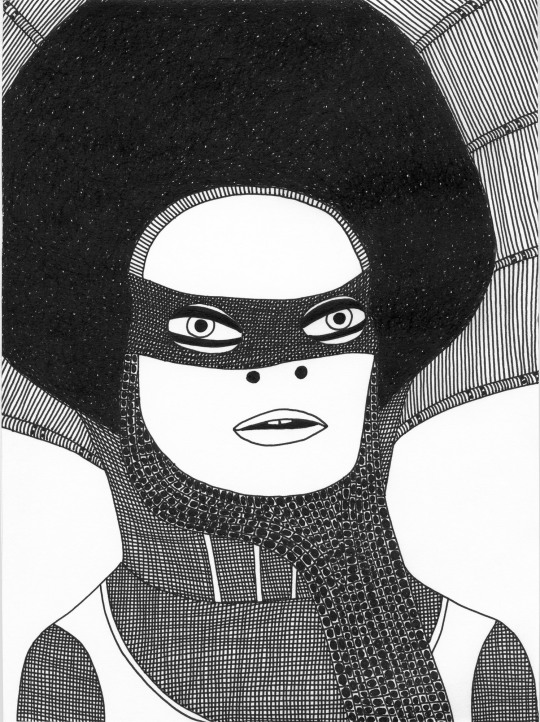
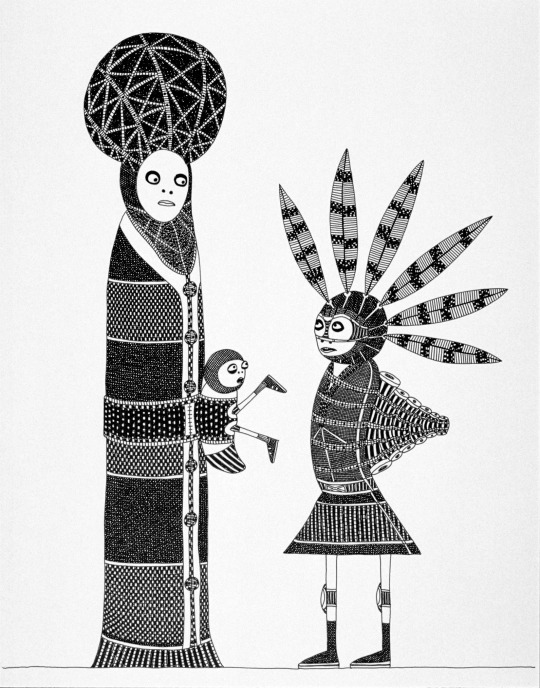
This the final week of The Shadows Took Shape, catch this exhibition before it closes March 9th!
Image:
(Top) Laylah Ali, Untitled, 2005. Courtesy the artist
(Bottom) Laylah Ali, Untitled, 2005. Courtesy Currier Museum of Art, Manchester, NH; Museum Purchase: the Henry Melville Fuller Acquisition Fund
506 notes
·
View notes
Text
Let's Talk about Afrofuturism !
Afrofuturism is a term that has taking on particular prominence in the last few years. From art exhibitions and concerts to books and films- suddenly the word is finding its way everywhere. Even I found myself throwing it around a little bit too much. Even though afrofuturism has more of an academic bend than the equally saturated term afropolitan -afrofuturism is certainly a term deserving of interrogation.
What are your thoughts on the genre ?
2 notes
·
View notes
Video
youtube
New Kenyan Sci-Fi Series Imagines Immigration In Reverse, As Africa Becomes World’s Oasis
At a time when Africa receives 50,000 Greencard Lottery wins each year to migrate to the US alone, this new production series seeks to address ongoing immigration issues within the world. It is also expected to change the negative portrayal of Africa as a poverty stricken continent to that of an avenue for development, of which, would gradually discourage youth from seeking “greener pastures” abroad. As the brain child of Dr. Marc Rigaudis, directed by Cherie Lindiwe from USIU, the new plot revolves around a young couple embarking on a treacherous journey to reach mankind’s last cradle of hope, Africa. However, the couple must beat the impossible odds, experience great sacrifice yet keep their faith before their goal can be achieved.
H/T Shadow and Act
41 notes
·
View notes

